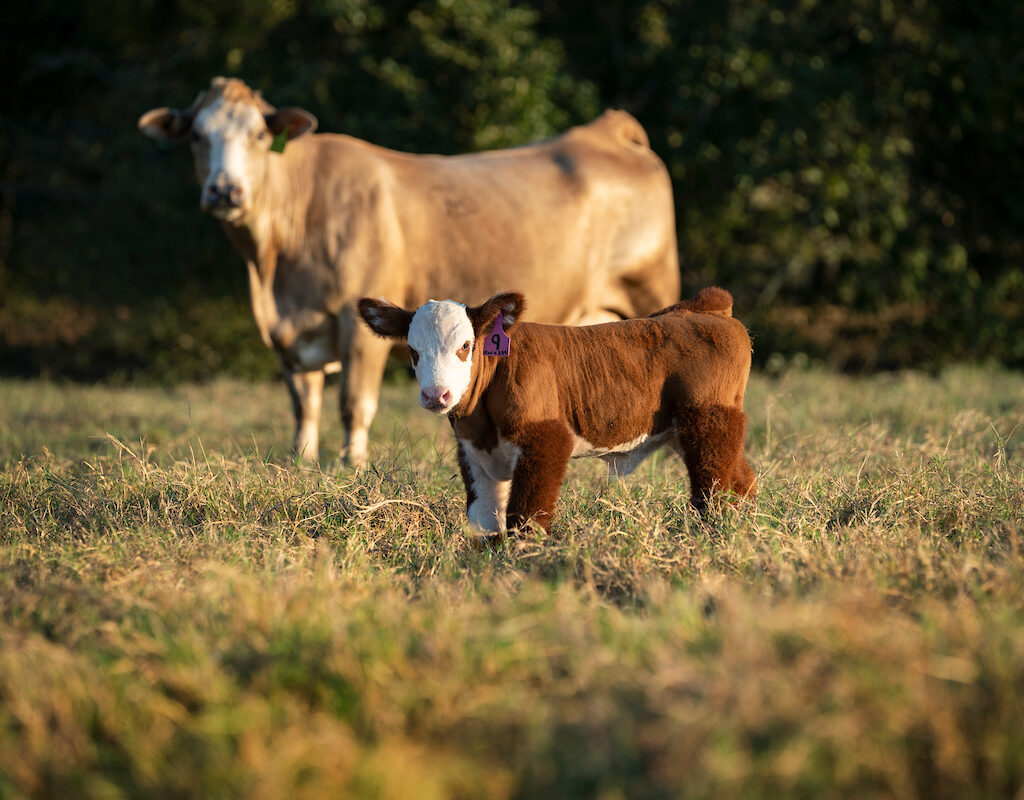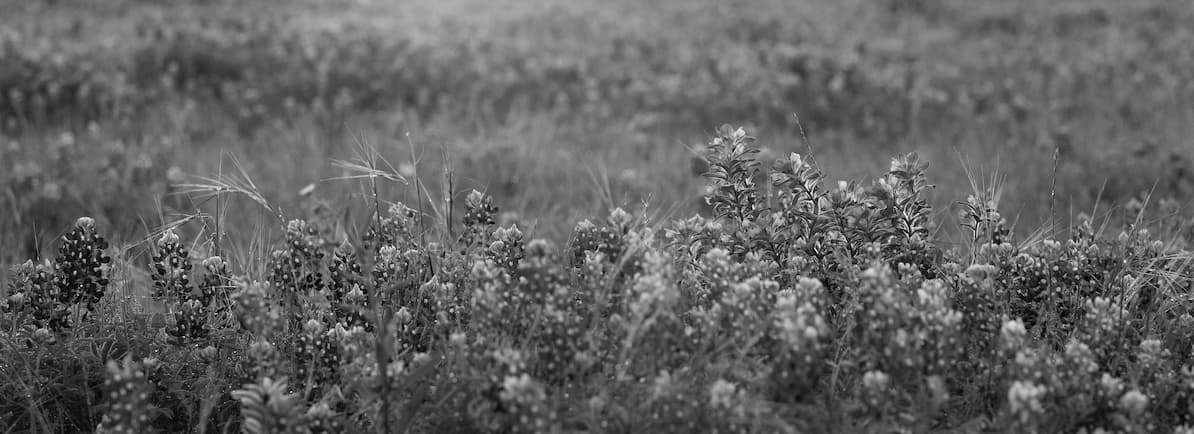Livestock & Poultry
We provide a wide array of research-based resources, educational programming and expert advice covering topics from animal care and production to best environmental practices for livestock, including poultry, dairy and beef cattle, horses, pigs, sheep and goats.
Related Departments: Animal Science, Entomology, Rangeland, Wildlife and Fisheries Management

Texas A&M Veterinary Medical Diagnostic Laboratory
The Texas Veterinary Medical Diagnostic Laboratory, TVMDL, includes four diagnostic laboratories serving veterinarians, livestock producers and government agencies.

Learn About
Livestock & Poultry
Publications
Programs
Courses
All Resources on Livestock & Poultry
- Publication
This 4-page fact sheet provides best practices to consider when making nutritional decisions that are both beneficial to the horse and sustainable for management.
- Publication
This factsheet covers how to identify potential hyperinsulinema in horses and how to manage the condition.
- Publication
This manual explains how to evaluate horses in contests or as potential purchases.
Note: This is a paid downloadable publication. - Publication
This publication helps families interested in maintaining a small laying flock to produce eggs for home consumption. It covers housing, feeding and management of pullets and laying hens.
- Publication
Owning backyard chickens and other poultry can be a rewarding hobby, but it does come with risks, specifically from illnesses caused by a Salmonella infection. This publication contains FAQs about disease prevention while raising poultry at home. (3 pages)
- Publication
This publication guides you through the steps of creating a 21-day embryo set.
- Publication
This publication discusses purchasing chicks, preparing and operating the brooder, feeding chicks, maintaining proper lighting and ventilation, and ensuring broiler health.
- Publication
This comprehensive guide provides detailed information on how to maintain the quality during incubation to ensure a maximum hatch.
- Publication
Incubating and hatching chicken eggs can be made into projects that are as simple or as elaborate as you need them to be. This 5-page publication outlines experiments you can use to lay the foundation for understanding broad subjects such as nutrition and the circulatory system, or the basics of data measurement, collection, and analysis. […]
- Publication
Temperature, humidity, and egg handling are important facets of a successful hatch. This one-page fact sheet also includes information on storing eggs, incubating them, and how to manage the actual hatching process. (1 page)
